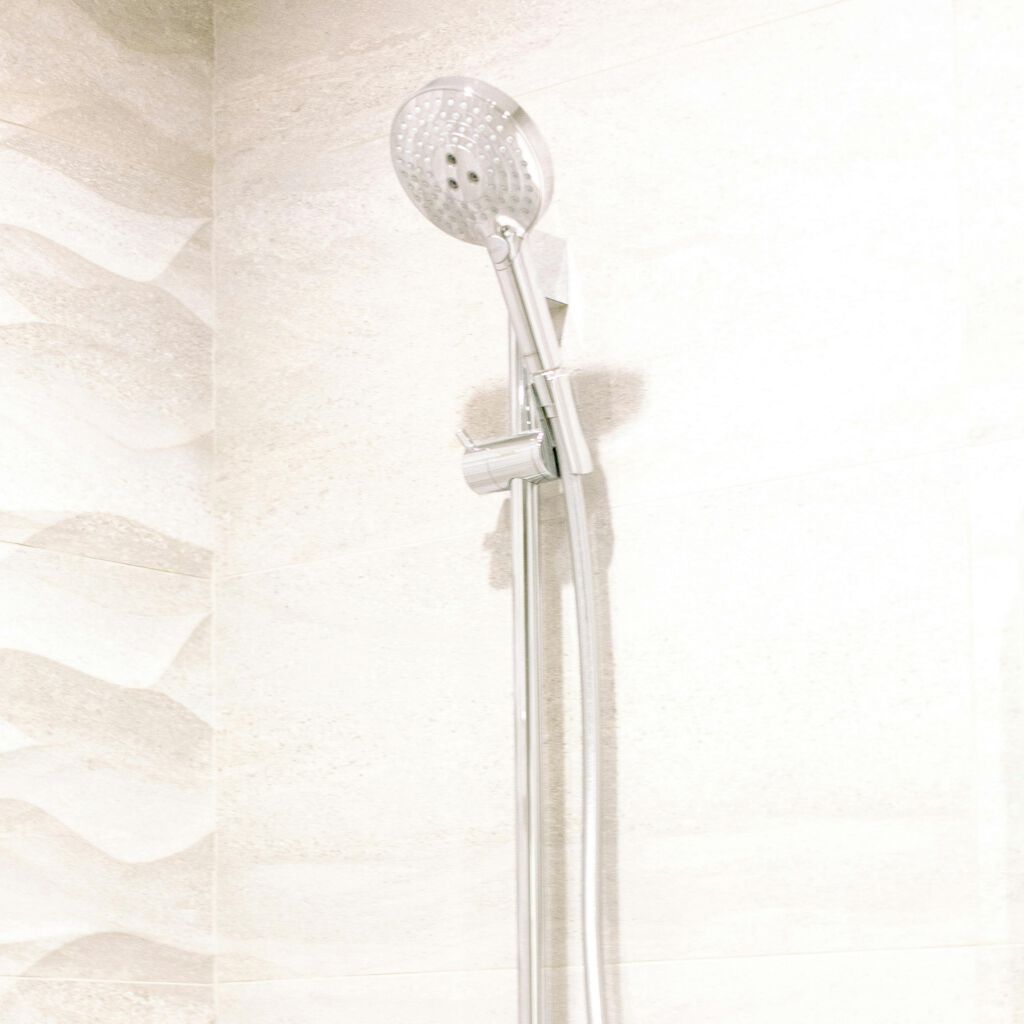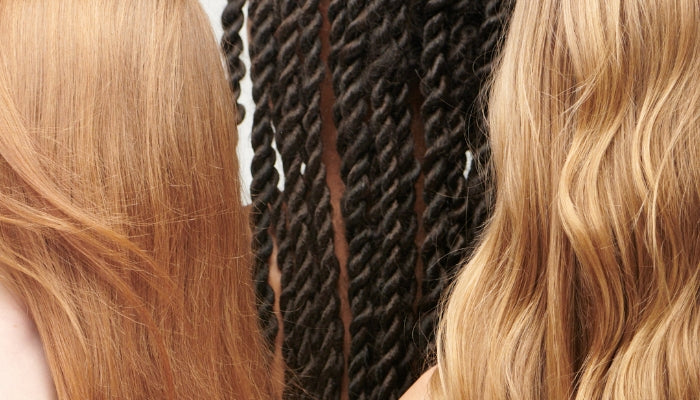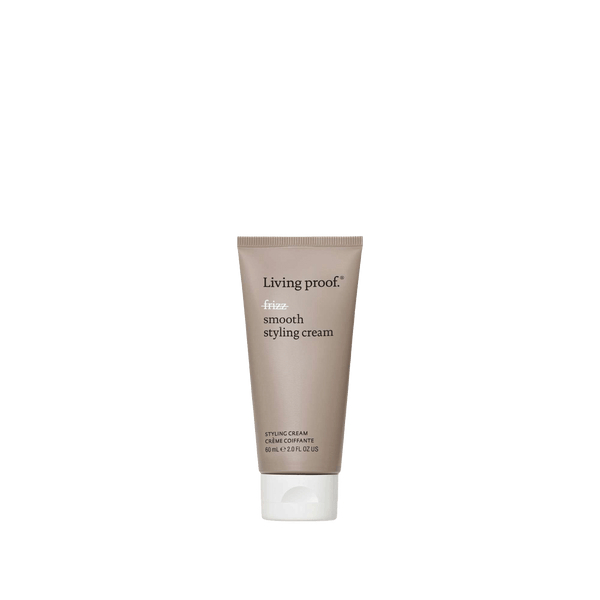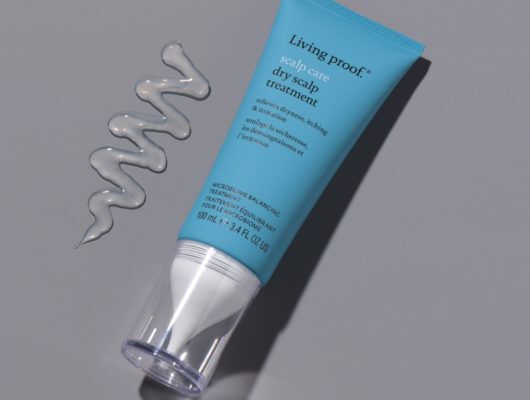Hair Chelating 101: Your Ultimate Guide

Ever wondered why your hair sometimes lacks its usual shine and color after a routine wash? Have you noticed your dark or blonde hair looking dull and dry even after using a styling product? You might be in serious need of a detox shampoo.
Even if you wash your hair daily with regular shampoo, your luscious locks can develop a buildup of chemicals, minerals, and product residue over time. This hair buildup can cause your hair to lose its volume and shine.
Fortunately, there’s an easy solution: Hair chelating. Hair chelating allows you to detox your hair and scalp by washing away any hair or styling product residue or mineral buildup. As a result, it can leave your locks looking their best once again.
Below, we’ll dive into how hair chelating works, how to chelate your natural hair from home, and how a chelating shampoo can make the process super simple.
What is hair chelating?
Hair chelating is the process of washing your hair with a chelating agent. Chelating agents attach to any mineral or dirt particles left in your hair after your regular washing routine. Chelating agents form a cage around these particles so you can wash them away in one fell swoop.
Some of the most common causes of hair buildup include:
- Hard water minerals – Hard water often contains calcium, magnesium, iron, copper, lead, and manganese, while soft water has been filtered to remove these minerals. Nearly 90% of American households receive hard water in their pipes. Unless you’re one of the lucky households with soft water, the minerals from hard water can accumulate in your hair, causing what’s known as hard water hair—brittle, discolored, and dull hair.
- Hair product residue – From hair sprays to gels to leave-in conditioners and mousses, you may rely on various hair products to help you style your hair. While these products can offer worthwhile results in the short term, they may lead to product buildup in the long term. Standard shampoos don’t always have what it takes to clear this residue.
- Swimming pool chemicals – If you have light-colored or blonde hair with an affinity for swimming or taking dips in the pool, your hair may be damaged from exposure to harsh pool chemicals. Chlorine is known to weaken your hair and give it a green tinge. Chlorine can stay trapped in your hair even after you rinse it with regular shampoo and conditioner.
- Daily dust and dirt – Lastly, your hair’s shine and luster may be diminished by the inevitable accumulation of dust, dirt, and greasiness that can take place throughout the day. Not all shampoos work as well as you may hope, so these particles can persist after regular washing sessions.
All in all, these particulates can form a barrier on your hair, reducing its luster and shine. They may also prevent new products from nourishing your hair as much as they could if it was thoroughly cleansed.

How to chelate your hair at home
Now that you understand the basics of hair chelating, you may be wondering how you can try it out yourself.
You can have your hair chelated at spas and salons. However, chelating your hair at the salon is typically more expensive and time-consuming than doing it yourself. Fortunately, chelating your hair from home is just as easy—once you have the right products, that is.
All you have to do is follow your usual hair-washing routine, but with a chelating shampoo. After applying this shampoo, rinse it out and follow up with a deep conditioning treatment.
What is a chelating shampoo?
Hair chelating shampoos contain powerful chelating agents that bind to minerals and other impurities within your hair and scalp. When you rinse out your clarifying shampoo, all of the trapped toxins will go down the drain with it.
After a chelating session, you might notice that your hair and scalp look and feel refreshed. Your hair may look much more shiny and voluminous too since there’s no longer any leftover residue weighing it down.
How often should you chelate hair?
While chelating can have many benefits like removing dirt, mineral deposit, and excess oil, you shouldn’t do it daily. You should only use chelating shampoo every week or so.
In this sense, hair chelating is similar to getting a facial. You may wash your face daily to remove makeup and natural oil, but you probably don’t get facials that frequently.
Likewise, hair chelating should be used as an occasional detox for your damaged hair and scalp rather than as an everyday routine.

Living Proof: chelate hair with ease
If you’ve been dreaming of hair that bounces back and catches the light like it used to, a chelating shampoo could be the solution you need.
To give hair chelating a try, look no further than Living Proof’s clarifying detox shampoo. This chelating shampoo is suitable for all hair types.
Our Clarifying Detox Shampoo can gently detoxify your hair from any product residue, environmental particulates, or hard water minerals that get in the way of its shine. Most notably, it can revitalize your hair without drying it out. By adding it to your haircare routine, you can cleanse your hair and scalp from home with ease.
Discover how Living Proof’s science-backed hair products online can take your haircare to the next level.
Sources
- International Journal of Trichology. Essentials of Hair Care often Neglected: Hair Cleansing. https://www.ncbi.nlm.nih.gov/pmc/articles/PMC3002407/
- U.S. Geological Survey. Hardness of Water. https://www.usgs.gov/special-topics/water-science-school/science/hardness-water
- ABC. 90 percent of homes have hard water: What are the effects? https://abc17news.com/life/green-living/2019/12/09/90-percent-of-homes-have-hard-water-what-are-the-effects/
- International Journal of Trichology. Hair Cosmetics: An Overview. https://www.ncbi.nlm.nih.gov/pmc/articles/PMC4387693/
- UCSB. Does blonde hair turn green in chlorinated water because chlorine is green? http://scienceline.ucsb.edu/getkey.php?key=495
- Tags: Hair Health











